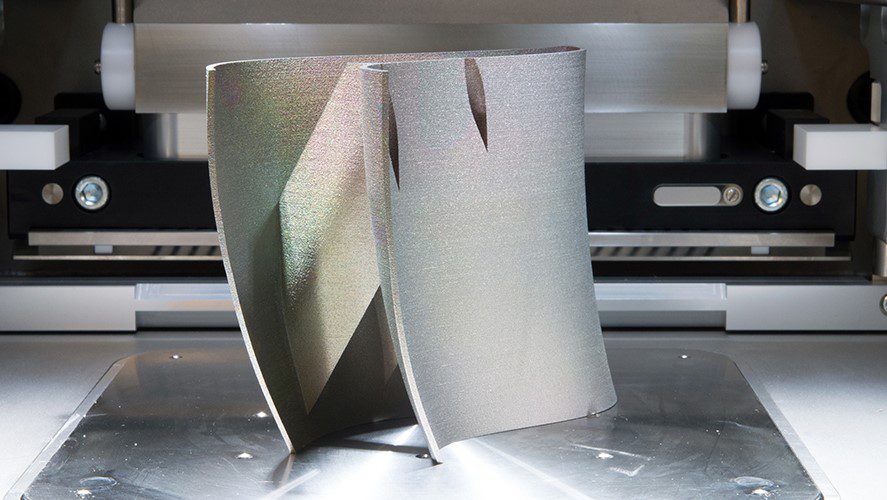Additive manufacturing — the more sophisticated, industrial equivalent of 3D printing — could become the most disruptive technology the oil and gas industry has ever seen for sourcing and using materials. The potential efficiency gains include shorter lead times for sourcing parts, and less need for storage as digital design files replace physical stock. By enabling on-site production, additive manufacturing could also eliminate the need to transport some components, thus reducing the carbon footprint of operations.
The key is using digital designs to direct the printing of physical parts, larger structures, or additional layers of materials. The raw materials include, among others, plastics and metals, typically supplied as powders and wires. User-friendly digital platforms can connect files, machines and users to facilitate the sharing of digital files within organizations and among their supply chains. This can enable efficient optimization of design and manufacturing.
Additive manufacturing also presents potential challenges and opportunities for the business models of original equipment manufacturers (OEMs) in the oil and gas industry. One common model is to make and deliver equipment, then collect after-sales revenue by supplying spare parts to local or regional resellers. Another is to supply equipment and keep it running efficiently over a contracted period.
“Some OEMs think it could let them generate revenue in markets where they are currently unable to supply spare parts on demand,” said Sastry Kandukuri, principal specialist at DNV GL’s Global Additive Manufacturing Centre of Excellence, which advises manufacturers. “In some of these places, there are ‘grey’ markets in non-OEM parts.”
Source: AM Chronicle
Click here for the full article.

